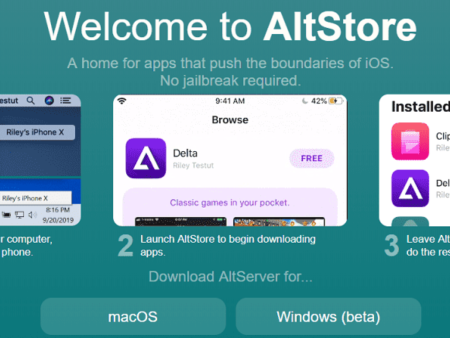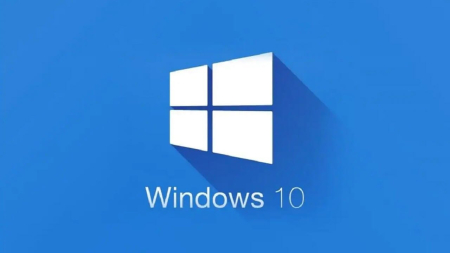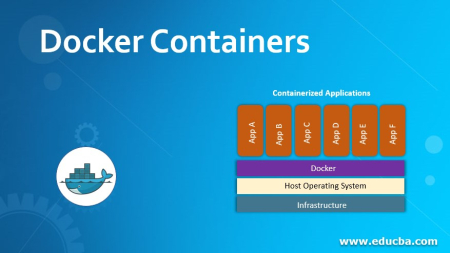Git Version Control: Managing Your Codebase with Efficiency
-
07/05/2023
-
999
-
0
Git version control is a powerful system that allows developers to efficiently manage their codebase, collaborate with others, and keep track of changes over time. This guide provides an in-depth look at Git and its key features, providing practical tips and best practices for managing projects with Git.
Related posts
The best Mobile games in 2023, the best information about Mobile Gaming
10 Essential Strategies for Mobile App Optimization: Boost Your App's Visibility and Downloads
1. Understanding Git version control
Git is a distributed system that is widely used for managing source code changes during software development. Git helps teams to collaborate effectively on the same codebase, enabling them to track changes, merge code, and manage different versions of the same project. With Git, developers can work simultaneously on a project, modify different parts of the codebase, and then merge the changes together seamlessly. And mastering your app's reputation through effective app reviews can increase user engagement and app downloads.
One of the key features of Git is its ability to track changes at a very fine-grained level, enabling developers to see exactly what has changed in the code and when. Git uses a branching model to manage changes, which means that developers can create separate branches for different features or bug fixes. Each branch can be worked on independently and then merged back into the main codebase once the changes are complete.

Understanding Git version control, Source: Asoservice.com
Git also provides tools for resolving conflicts. This can include merging changes from different branches or resolving conflicts between different versions of the same file. Git makes it easy to track the history of changes to the codebase, including who made the changes, when they were made, and what was changed.
Overall, Git is a powerful tool for managing source code changes, enabling teams to collaborate more effectively and manage complex projects with ease. By using Git, developers can ensure that their codebase is always up-to-date, well-documented, and easy to understand, making it easier to maintain over time.
2. Setting Up Git version control
Setting up Git version control is an essential step for any developer who wants to manage their codebase effectively. The following are some of the steps involved in setting up Git version control:
Install Git: To get started, you need to install Git on your local machine. Git is available for all major operating systems, including Windows, macOS, and Linux.
Configure Git: Once you have installed Git, you need to configure it with your name and email address. This will be used to identify you as the author of the code changes you make.
Create a Git repository: A Git repository is a directory that contains your codebase and version history. You can create a new Git repository using the command line or through a Git hosting service like GitHub or GitLab.
Inialize Git: Once you have created a Git repository, you need to initialize it with the "git init" command. This command creates a hidden ".git" folder in the repository directory that Git uses to store version history.
Commit changes to the Git repository: After staging changes, you can commit them to the Git repository using the "git commit" command. This creates a new version of the codebase with a commit message that describes the changes made.
By following these steps, you can set up Git version control and start managing your codebase efficiently. Git provides a powerful set of tools for tracking changes, collaborating with others, and managing complex codebases. With Git, you can work with confidence, knowing that your code is safe and well-managed.
3. Git version control Basics
With Git, developers can track changes to the codebase, revert to previous versions, and collaborate effectively. In this section, we will cover the basics of Git version control.
Git Repositories: A Git repository is a directory that contains all the files and directories that make up your codebase. It also contains the version history of your project. You can create a new Git repository or clone an existing one.
Git Branches: A Git branch is a separate line of development that allows developers to work on different features or bug fixes independently. Developers can create a new branch from the main codebase, make changes to the code, and merge the branch back into the main codebase once the changes are complete.
Git Commits: A Git commit is a snapshot of your codebase at a specific point in time. Each commit contains a message that describes the changes made to the code.
Git Workflow: A Git workflow is a set of rules and procedures that developers follow to collaborate effectively. There are many different Git workflows, but the most common ones are the centralized workflow, the feature branch workflow, and the Gitflow workflow.
Overall, Git version control is an essential tool for managing codebases efficiently and collaboratively. By understanding the basics of Git repositories, branches, commits, merges, pull requests, and workflows, developers can work more effectively and increase keyword app installs.
4. Collaborating with Git
Collaboration is an essential aspect of software development, and Git version control makes it easy for developers to work together effectively. Here are some key ideas on how to collaborate with Git:
Branching and Merging: Git allows developers to create new branches to work on specific features or fixes and then merge those branches back into the main codebase when they are ready.
Pull Requests: When a developer completes their work on a particular branch, they can create a pull request, which is a request to merge their changes back into the main codebase. This allows other developers to review the changes and provide feedback before the code is merged, ensuring that the code is high-quality and meets the team's standards.
Code Reviews: Git also facilitates code reviews, which is a process of reviewing code changes made by other developers. Code reviews are an important part of collaboration because they ensure that code is maintainable, readable, and adheres to coding standards.
Conflict Resolution: Occasionally, conflicts may arise when multiple developers work on the same file or code. Git provides tools to resolve these conflicts efficiently, allowing developers to work together effectively without wasting time on manual conflict resolution.
By using these collaboration features effectively, teams can improve their workflow, increase productivity, and ensure the quality of their code.
5. Advanced Git Techniques
Advanced Git techniques refer to the use of more advanced and less commonly used features of Git version control. These techniques allow developers to work more efficiently, collaborate more effectively, and maintain a more organized and stable codebase. Some of the advanced Git techniques include:
Branching and Merging Strategies:
Git offers a wide range of branching and merging strategies that allow developers to manage complex projects with ease. Advanced branching strategies include feature branching, release branching, and hotfix branching. Merging strategies such as merge commits, rebase, and cherry-picking are also available.
Git Hooks:
Git Hooks are scripts that run automatically when specific actions occur in Git, such as committing code, pushing code, or merging branches. Git Hooks can be used to automate tasks such as running tests, enforcing coding standards, and sending notifications.
Submodules:
Submodules allow developers to include a Git repository within another Git repository as a submodule. This is useful for managing dependencies or incorporating third-party libraries into a project.
Git Workflows:
Git workflows are a set of conventions and practices that dictate how code is managed within a Git repository. Advanced Git workflows include Gitflow, GitHub Flow, and GitLab Flow. These workflows help teams collaborate effectively and manage changes to the codebase.
Git Rebase:
Git Rebase is a powerful command that allows developers to modify the commit history of a Git repository. It is useful for cleaning up messy histories, resolving conflicts, and combining multiple branches into a single history.
By mastering these advanced Git techniques, developers can improve their workflow, collaborate more effectively, and maintain a more app user ratings.
6. Best Practices with Git
Git has become an essential tool for software development teams due to its ability to manage source code efficiently and enable collaboration among team members. However, to ensure the maximum benefit from using Git, developers must follow best practices that help them manage their codebase better. Here are some best practices to consider when working with Git:
Use clear and concise commit messages: Make sure to write meaningful commit messages that accurately describe the changes made to the code. This helps other team members understand the changes and makes it easier to roll back changes if necessary.
Use Git hooks: Git hooks enable developers to perform custom actions before or after Git commands are executed. For example, you can use Git hooks to automate tasks like running tests or code linting.
Use tags to mark important milestones: Use Git tags to mark significant milestones in the codebase, such as releases or major updates.
Use Git with a centralized workflow: When working with large teams, it is often best to use a centralized workflow, where all team members push their changes to a central repository. This ensures that all team members are working on the same codebase and reduces the risk of conflicts.
By following these, developers can ensure that they are using Git effectively and efficiently and that their codebase is well-managed and easily maintainable.
Conclusion
In conclusion, Git version control is a powerful tool that can help developers manage their codebase with efficiency and collaboration. By understanding its basics, setting it up correctly, collaborating effectively, and following best practices, developers can use Git to streamline their workflow and deliver high-quality code.
Related posts
https://asoservice.com/optimize-aso
https://asoservice.com/macos-app-reviews-ratings
Thanks so much for reading this article.
Source: https://asoservice.com/




































Leave a Reply
Your e-mail address will not be published. Required fields are marked *